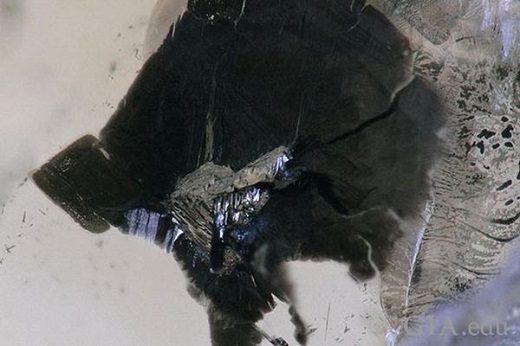The researchers studied sulphide inclusions in type Ib
yellow diamonds originating from the Zimmi mining area near the Liberia-Sierra
Leone border. Those stones have rare nitrogen impurities, and comprise less than
0.1% of the world’s natural mined diamonds, the GIA noted.
“Diamonds are one of the most valuable gems, not only as
jewelry, but also in geoscience,” said GIA research scientist Karen Smit. “The
mineral inclusions in diamonds let us study the inaccessible depths of Earth —
somewhere that today’s science cannot otherwise reach.”
The group, led by Smit, laser-cut and polished very thin
plates taken from the Zimmi diamonds, and were able to isolate and study the
sulphide they contained. They then extracted chemical isotopes that provided
information on the deepest and oldest parts of the continent in which they were found.

“This kind of insight is possible only because of the unique characteristics of diamonds,” said Dr. Wuyi Wang, vice president of research and development for the GIA.
The GIA conducted the study together with researchers from the Washington-headquartered Carnegie Institution for Science, and the University of Alberta. The results were published in
Science magazine.
Image: A rough Zimmi diamond with a sulphide inclusion (above); a close-up view of the inclusion inside the diamond (below). (GIA)